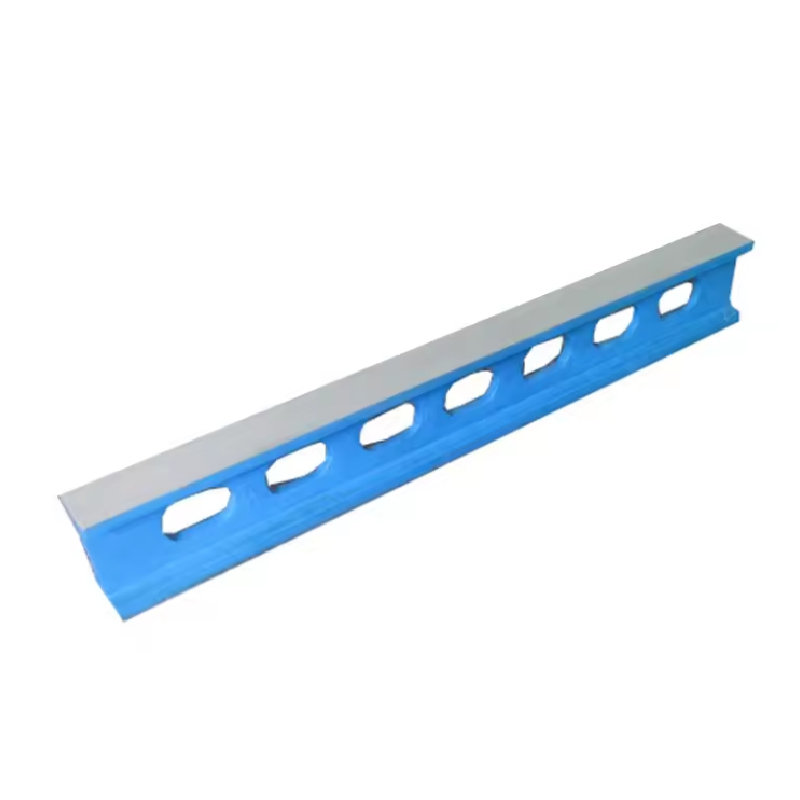Авг . 31, 2024 10:51 Back to list
control valve sizing standard
Control Valve Sizing Standards An Overview
Control valves play a crucial role in various industrial processes by regulating flow and pressure to maintain system stability and efficiency. Properly sizing control valves is essential to ensure optimal performance and longevity. This article discusses the importance of control valve sizing standards and the key factors that influence the sizing process.
Control valve sizing involves determining the appropriate valve size and type for a specific application, considering process conditions, fluid properties, and control objectives. Standards such as the International Society of Automation (ISA) S75 series provide comprehensive guidelines for sizing valves and selecting their features. These standards help engineers understand the necessary calculations, ensuring valves operate within their optimal flow rates and pressure ranges.
One of the primary considerations in control valve sizing is the flow coefficient (Cv), which quantifies a valve's capacity to pass fluid. The Cv value is influenced by factors such as the type of fluid (liquid or gas), pressure drop across the valve, and the desired flow rate. Using the appropriate equations and charts from recognized standards, engineers can accurately calculate the Cv for their specific applications.
control valve sizing standard

Another critical aspect of control valve sizing is the consideration of the fluid’s physical properties, including density, viscosity, and temperature. These characteristics directly affect the flow behavior and, consequently, the sizing and selection of the valve. For instance, viscous fluids may require larger valves to accommodate the higher pressure losses associated with their flow.
Additionally, the valve's application conditions, such as maximum and minimum flow rates, pressure ratings, and installation configurations, play a significant role in the sizing decision. It is essential to account for variations in flow conditions, such as water-hammer effects or potential cavitation, which can lead to valve damage if not properly addressed.
The type of control valve also influences sizing considerations. Different valve designs, such as globe, ball, or butterfly valves, offer distinct advantages depending on the application. Each design comes with its own flow characteristics, response times, and pressure drop profiles, necessitating a thorough evaluation during the sizing process.
In conclusion, adhering to control valve sizing standards is critical for ensuring the reliable and efficient operation of industrial processes. By considering factors such as flow characteristics, fluid properties, and application conditions, engineers can select appropriately sized valves that meet operational needs while minimizing risks and maximizing efficiency. Following established standards not only promotes best practices but also enhances system performance and longevity, establishing a foundation for successful process control.
-
thread-plug-gauge-our-promise-of-measurement-excellenceNewsAug.22,2025
-
gauge-pin-class-reflecting-quality-legacyNewsAug.22,2025
-
check-valve-types-for-high-rise-buildingsNewsAug.22,2025
-
water-control-valve-for-irrigation-systemsNewsAug.22,2025
-
gate-valve-with-soft-seal-technologyNewsAug.22,2025
-
y-type-strainer-for-oil-and-gas-applicationsNewsAug.22,2025
Related PRODUCTS









